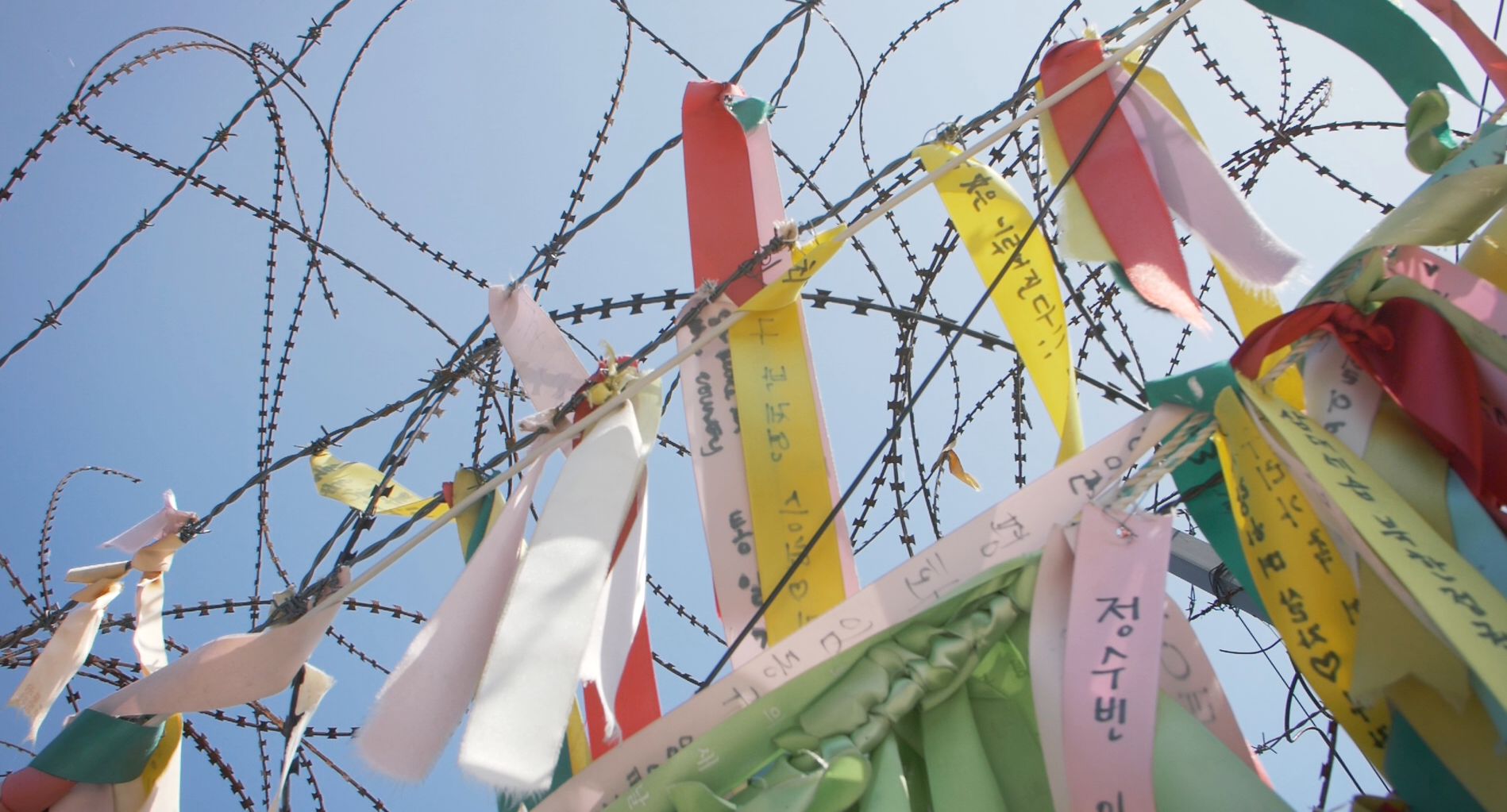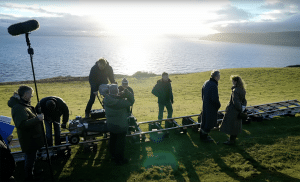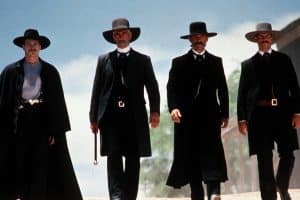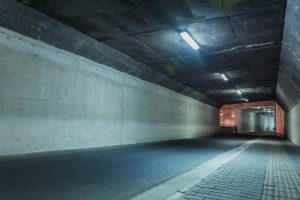Recently, we asked cameraman and editor Kiril Dobrev to film for us in South Korea, including the DMZ. What he captured there was a library of footage of the DMZ, one of the most heavily monitored areas of the world. We asked Kiril to tell you all a bit about his experiences: how he got there, what was and wasn’t allowed, and what the most interesting parts of his trip were. Here’s what he had to say:
When I got the call asking if I would like to travel to and film the demilitarized zone (DMZ) in South Korea, I said yes without an ounce of deliberation. I’ve always been fascinated by this divided nation and wanted to learn first-hand what was going on there. In doing so, I would be documenting my experience through video.
For those who don’t know, the DMZ is strip of land running across the Korean peninsula and despite its name, is actually the most militarized zone in the world. It was established as a neutral zone between South Korea and North Korea after the Armistice agreement. While there has been a cease fire since 1953, the two are technically still at war.

But I wasn’t just going to sightsee. I was trying to film it. I didn’t have a clue how much filming was even allowed given the tense circumstances between these divided nations. Before embarking, I tried to do as much research as I could. I read countless blogs saying that there is a strict photography protocol and that people should only take small cameras along. Some reported that lenses over 100mm were prohibited; luckily this was not the case for me because I was equipped with a Panasonic GH5 and lenses over 200mm.
Finding a Tour
If you google search ‘DMZ tours’ you will be hit with a ton of different options. Not knowing which to go for, I put my trust in the one that had a high rating on TripAdvisor (through Viator for anyone interested). There are two options: half day and full day.
The tour takes you to Imjingak Village (the Northernmost South Korean village accessible to South Korean citizens), the 3rd Infiltration tunnel (a tunnel North Korea secretly dug to get into South Korea that was discovered in the 70s), the DMZ museum, the Dora observatory, and the Dorasan station which once connected South and North Korea by railway. Given my time constraints, I opted for the half-day tour.

There is a third tour that includes a visit to the JSA (Joint Security Area) which lies on the border of South and North Korea. It’s the only portion of the DMZ where the military of the two Koreas stand face-to-face. They occasionally hold diplomatic engagements there too. However, a tour here has a 3 month waiting list. So if it’s something you’d like to do, you need to plan it well in advance.
The Tour
Most tour companies will pick you up by bus in Seoul and drop you back off again. To my suprise, Seoul is only around an hour outside of the DMZ. And this shows, because as soon as you reach the outskirts of Seoul, you start to see just how much security surrounds the city.

When you arrive at Imjingak Village, there are CCTV camera posts all along the barbed wire fences which are on constant surveillance. It becomes obvious that the tensions here are high; and at this point of the tour, we were still outside of the DMZ.

Filming
For the most part, filming is permitted and most tourists are eagerly snapping away at the various sites. Your tour guide does a very good job at telling you exactly where you can and can’t film.
There are, however, certain places where filming is strictly prohibited. The infiltration tunnels are among them. In fact, we had to place any cameras and phones inside a locker before we could even enter. There is even a guard on duty who checks pockets before you can enter. It’s a pity because it was fascinating to see just how small these tunnels are that the North Koreans built by hand.
The South Korean soldiers are also very strict about being photographed. Before crossing the Civilian Control Zone into the DMZ, a South Korean soldier inspects everyone’s passports on the bus. We were under very strict instructions not to even have our phones out at this stage. One of the tourists on my bus received a very stern message from a soldier whom he tried to discreetly photograph with his phone. After that incident, our guide reminded us that we were not to point our cameras at any South Korean soldiers at any time.

Apart from that, however, we were allowed to film relatively freely. The tour group is generally kept pretty close together, so wandering off to get different types of shots proved difficult. I did try, but after stumbling upon one of the many signs indicating landmine warnings, I could see why they probably kept us together.
The most interesting place for me was the Dora observatory. This is the closest you can get to North Korea within South Korea without actually crossing into the DMZ. From there you can see the infamous Kijŏngdong, dubbed North Korea’s propaganda village. Although they do have observation binoculars, filming here would have been a waste of time without a telephoto lens. From afar it looks like a decently built up settlement with a few tall buildings and surrounding establishments. Upon closer inspection, however, no one really occupies it.

From the observatory, you can also look out upon the South Korean peace village (Daeseong-dong) that sits inside of the DMZ, the Kaesong Industrial Complex and Kaesong City (which can be seen on clearer days). All along here, you can see the military demarcation line which runs across the center of the DMZ. Unfortunately, you do not have a lot of time at each site so it tends to be very rushed if you’re trying to film as well as absorb all the information coming from your tour guide.

All in all, this for me felt like a completely different challenge as far as filming goes. While it is a controlled tour, you can’t help but feel the friction and unease of being there. Constant camera surveillance, soldiers, demarcated walking zones – it’s all a little unsettling. The DMZ seemed pretty safe; they do a very good job at monitoring your movements closely to make sure that you obey all the protocols. But to witness a zone that is the front line between a divided nation and so heavily armed, is a fascinating thing to experience and learn about.
If you are a videographer and a frequent traveller we want to hear from you! We work with videographers like Kiril from all over the world to create beautiful stock footage. So if you’re interested in working for us, drop us a line at hello@videvo.net




